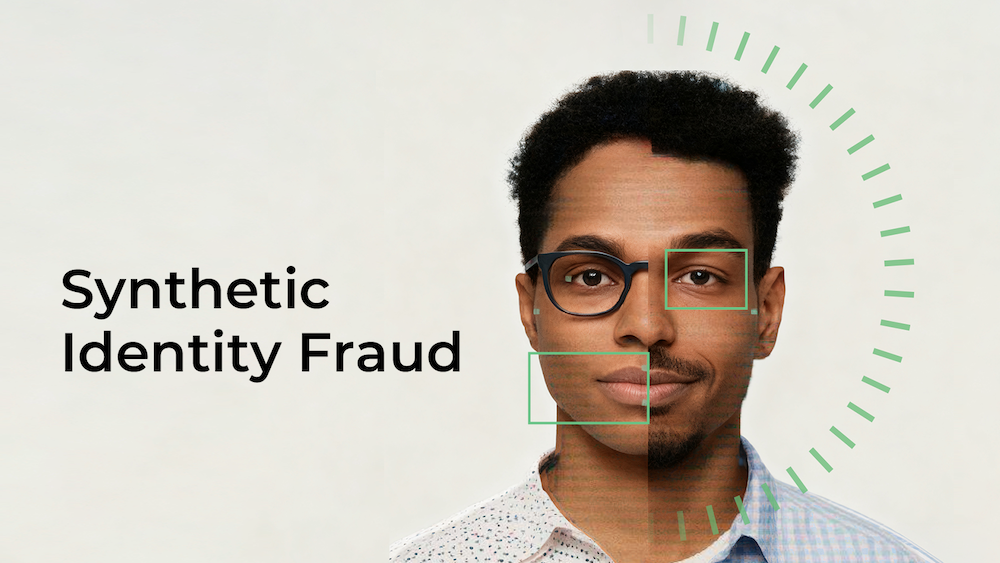We do not offer, support, or condone any illicit services mentioned in this glossary. We also do not sell any data to illegal entities. These terms are provided solely for educational and awareness purposes to help businesses understand and prevent fraud.
What is Fullz?
Fullz is a slang term used in the cybercriminal community to describe a comprehensive package of personal identifiable information (PII) and financial details about an individual. This typically includes data such as the victim’s name, address, date of birth, Social Security number (or equivalent), email, phone number, and payment card details (including CVV codes), and bank account information.
The term "fullz" means "full data set" or "full credentials" indicates that the information is "full" or complete, making it particularly valuable for fraudsters.
Fullz are often used for identity theft, account takeovers, loan fraud, or other financial scams. The availability of fullz on dark web marketplaces and forums poses significant risks to individuals and businesses alike.
What Are the Types of Fullz?
The most common types of fullz packages include:
- ID fullz: Contains personal information such as a person’s name, date of birth, address, Social Security number (SSN), passport details, email address, and phone number. This information can be used to impersonate the victim and commit various types of fraud.
- CC fullz: A person’s financial details, including billing address, bank details, and credit card information or such as the card number, the CVV code, the issue date, and the expiration date. This allows fraudsters to make fraudulent transactions.
- Healthcare fullz: Details a person’s medical records and treatment history and often contains information on a person’s relatives. Fraudsters use medical fullz sets to commit insurance fraud by making claims for treatments or medication the victim never received.
Dead fullz: Refers to data that belonged to a deceased person or information stolen from accounts that were closed due to inactivity
How Does Fullz Work?
Data Acquisition
Fullz are typically obtained through:
- Data Breaches: Hackers infiltrate databases to steal personal and financial information.
- Phishing Attacks: Fraudsters trick individuals into providing sensitive details.
- Social Engineering: Manipulating victims into divulging their personal information.
- Card Skimming Devices: Capturing payment card data at ATMs or point-of-sale systems.
Distribution
- Once stolen, fullz are packaged and sold on dark web marketplaces or private forums. Pricing depends on the completeness and freshness of the data.
- Leased or rented to fraudsters who use them for various scams without purchasing them outright.
- Combined with other stolen records to create more valuable fraud packages, such as synthetic identity fraud kits.=
Use Cases: How is Fullz Used?
Fraudsters exploit fullz in various types of cybercrime, including:
- Identity Theft: Opening credit accounts, taking out loans, or filing fraudulent tax returns using stolen identities.
- Account Takeovers: Gaining unauthorized access to online accounts (e.g., banking, e-commerce, cryptocurrency platforms) using compromised credentials.
- Synthetic Identity Fraud: Combining real and fake personal details to create fraudulent identities that bypass security checks.
- Credit Card Fraud: Using stolen payment fullz to conduct unauthorized transactions.
- Loan Fraud: Fraudsters apply for loans or lines of credit in victims' names, leading to financial liabilities.
- Employment Fraud: Using stolen identities to gain employment, bypass background checks, or commit tax fraud.
- Medical Identity Theft: Exploiting healthcare fullz to access medical benefits or submit fraudulent insurance claims.
What are the Impacts of Fullz on Businesses?
Financial Losses
- Fraudulent Transactions: Businesses bear the cost of chargebacks and lost goods due to fraud involving stolen fullz.
- Increased Fraud Mitigation Costs: Resources are required to investigate incidents and strengthen security systems.
Reputational Damage
- Customer Trust: Businesses implicated in data breaches leading to fullz theft face erosion of customer trust.
- Negative Publicity: High-profile fraud cases can damage a business’s reputation, impacting customer acquisition and retention.
Operational Challenges
- Manual Reviews: Teams spend time verifying accounts or transactions flagged as potentially fraudulent, delaying legitimate processes.
- Regulatory Penalties: Businesses failing to secure customer data may face fines under regulations like GDPR, CCPA, or PCI DSS.
Consumer Harm
- Identity Theft Victims: Individuals suffer financial and emotional harm due to fraudulent activities carried out in their name.
How to Protect Against Fullz Fraud
To prevent fullz-related fraud, businesses should integrate multi-layered security strategies:
Legitimate Scenarios (Prevention Strategies)
Fraud Detection Systems
Advanced fraud detection systems leverage machine learning (ML), artificial intelligence (AI), and behavioral analytics to monitor transactions and flag suspicious activities. These systems work by:
- Pattern Recognition: Identifying unusual spending patterns, rapid transactions across different locations, or inconsistent account activity that could indicate stolen fullz use.
- Device Fingerprinting: Tracking unique device attributes (e.g., IP addresses, browser settings, hardware configurations) to detect fraudulent logins or unauthorized access.
- Real-Time Monitoring: Analyzing transaction velocity, location mismatches, and spending anomalies to block potentially fraudulent actions.
- Risk-Based Authentication: Assigning fraud risk scores to users based on their behavioral history, triggering extra security measures for high-risk transactions.
Learn more about Global Risk Persona.
By integrating these fraud detection mechanisms, businesses can reduce chargeback losses, prevent unauthorized transactions, and safeguard user data before it’s exploited.
KYC Compliance & Identity Verification
Know Your Customer (KYC) compliance plays a crucial role in preventing fraudsters from exploiting stolen fullz. Strong KYC verification includes:
- Biometric Authentication: Device fingerprint, facial recognition, and voice verification ensure that only legitimate users can access financial accounts or open new ones.
- Document Verification: Advanced AI-based verification checks government-issued IDs, passports, or utility bills against live user photos to confirm authenticity.
- Liveness Detection: Prevents fraudsters from using deepfakes, stolen images, or manipulated videos during identity verification.
- Database Cross-Checking: Comparing user-provided information with government and financial databases to verify legitimacy and detect potential synthetic identities.
By implementing multi-layered identity verification, financial institutions can prevent fraudsters from using fullz to open fake accounts, apply for loans, or engage in other illicit activities.
Customer Alerts
Organizations must proactively detect and notify customers if their data has been compromised in a breach. These include:
- Dark Web Monitoring: Scanning dark web marketplaces and cybercriminal forums for leaked fullz data and alerting affected customers.
- Automated Breach Alerts: Sending real-time alerts via SMS, email, or push notifications if suspicious login attempts, unauthorized transactions, or password reset requests are detected.
- Compromised Credential Warnings: Encouraging customers to change passwords and enable multi-factor authentication (MFA) if their data appears in breach reports.
- Fraud Prevention Education: Providing users with resources on recognizing phishing scams, avoiding social engineering attacks, and securing their accounts.
By notifying customers early and providing actionable security measures, businesses reduce the impact of data breaches, limit financial losses, and enhance user trust.
Additional Prevention Measures
- Multi-Factor Authentication (MFA)
Protect user accounts by requiring additional security layers like biometrics, SMS verification, or security keys. - Encryption and Secure Storage
Businesses should encrypt sensitive customer data to prevent large-scale fullz leaks in case of a breach. - Dark Web Intelligence
Organizations must actively scan dark web marketplaces to detect if their customers' data has been leaked.
By combining these proactive fraud prevention strategies, organizations fortify their defences against fullz-related fraud and ensure stronger consumer protection.
Learn more about AI-powered fraud detection tools for real-time prevention.













